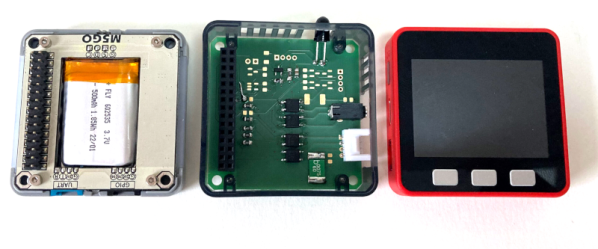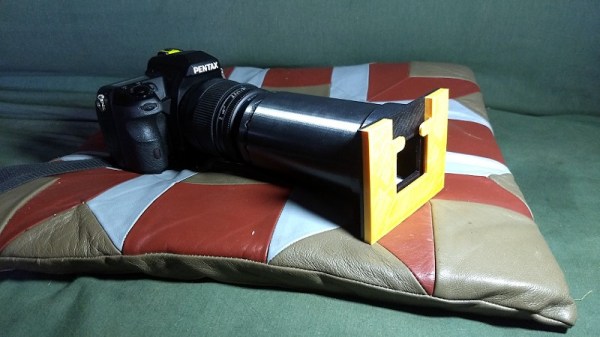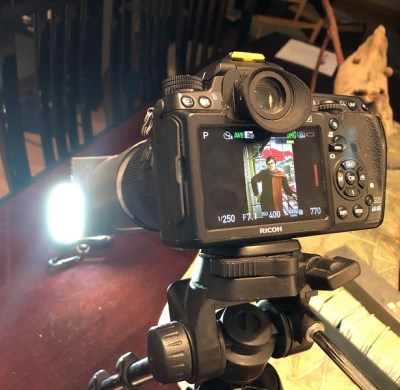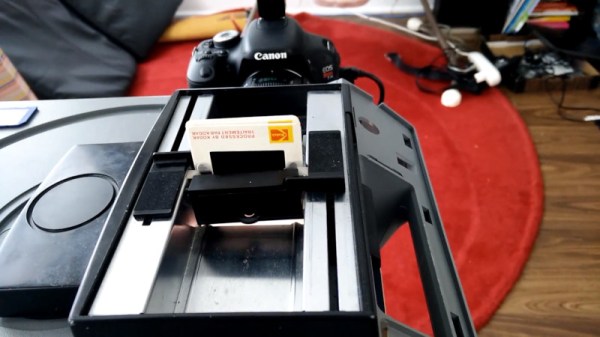What do you get when you join a slide projector and a digital camera? Filmolimo, an open source slide scanner. The scanner uses an M5Stack Fire, an ESP32 development board. Thanks to the ESP32, you can control the device via WiFi.
All the project files, including KiCAD design files, are on GitHub. Of course, you will probably have to adapt things to your specific camera and slide projector. The PCB is double-sided and looks easy to put together. The board is mostly opto-isolation and interface between the controller and the equipment. The software allows you to change things like the time between slides, for example.
This is one of those projects you probably only need for a bit. Unless, of course, you regularly scan slides. You can farm it out to a service provider, but what fun is that? If you have a few hundred thousand slides, you might need to go for speed. If you just have a few, you can get by with a simple adapter.















